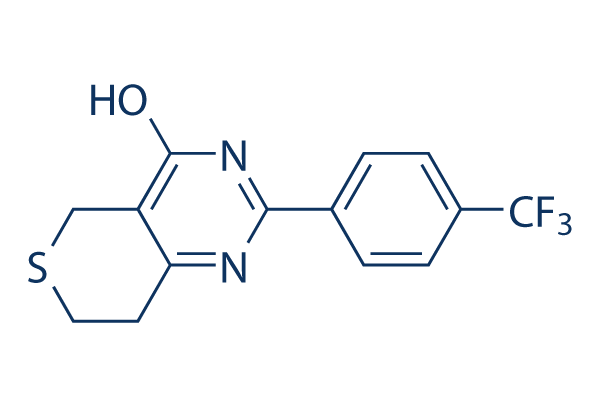It is actually probable that these genes are involved in the two cartilage and muscle growth so no genes have been removed from your information set, on the other hand, DE genes also displaying increased expression in mesenchyme com pared to regulate humeri has to be taken care of with caution with respect to a skeletal distinct response to mechanical stimu lation. This kind of genes haven’t been prioritised in any of our subsequent exploration of candidate mechanosensitive genes. The establishing humerus at TS23 constitutes various cell and tissue populations at unique phases of differen tiation together with the joint region, the perichondrium and the organised zones inside the cartilage rudiment. For this reason the experimental design and style employed here will capture genes associated with distinct cells forms at dif ferent stages of differentiation.
It is going to now be important to kind out which cells and tissues have altered expres sion of unique genes. This may be addressed for a sub set of genes by in situ hybridisation, with an preliminary ana lysis of four genes presented in Figure 6. It may be ad dressed within a higher throughput manner by isolating particular cell populations utilizing laser microdissection from tissue sections, purification selleck inhibitor of RNA and quantitative RT PCR gene expression profiling, comparing manage and mutant tissue from, one example is the hypertrophic, prehypertrophic or even the elbow joint re gion alone. We implemented each RNA sequencing and Micro array technologies in parallel to find out dif ferential expression. Microarray technological innovation has been utilised to determine expression of chondrogenic and osteogenic genes from creating whole tissues, and from in vitro differentiation procedures.
The usage of RNA seq technological innovation to de scribe the transcriptome is additional current. Previ ous direct comparisons between microarray and RNA sequencing based approaches to reveal alterations in gene expression among tissues reported that RNA selleck chemical seq identified more DE genes. We also identified that RNA seq is a lot more sensitive in reproducibly detecting alterations in gene expression, detecting much more genes al tered at decrease quantitative amounts. This was additional emphasised by lowering the stringency with the statistical analysis to p 0. 08, which enhanced the number of genes detected by micro array especially. An example on the im portance of the elevated sensitivity and reproducibility of RNA seq is shown from the Spp1 gene which did not present statistical significance by microarray but continues to be verified by qRT PCR and in situ hybridisation.
The bigger dynamic assortment and larger reproducibility across replicates has also been uncovered in other studies. Conclusion This research examines the set of genes energetic at a essential stage of skeletal advancement and reveals the genes that are differentially regulated in the establishing humerus when skeletal muscle  is absent.
is absent.
Jakenzyme
Biological groups is various
